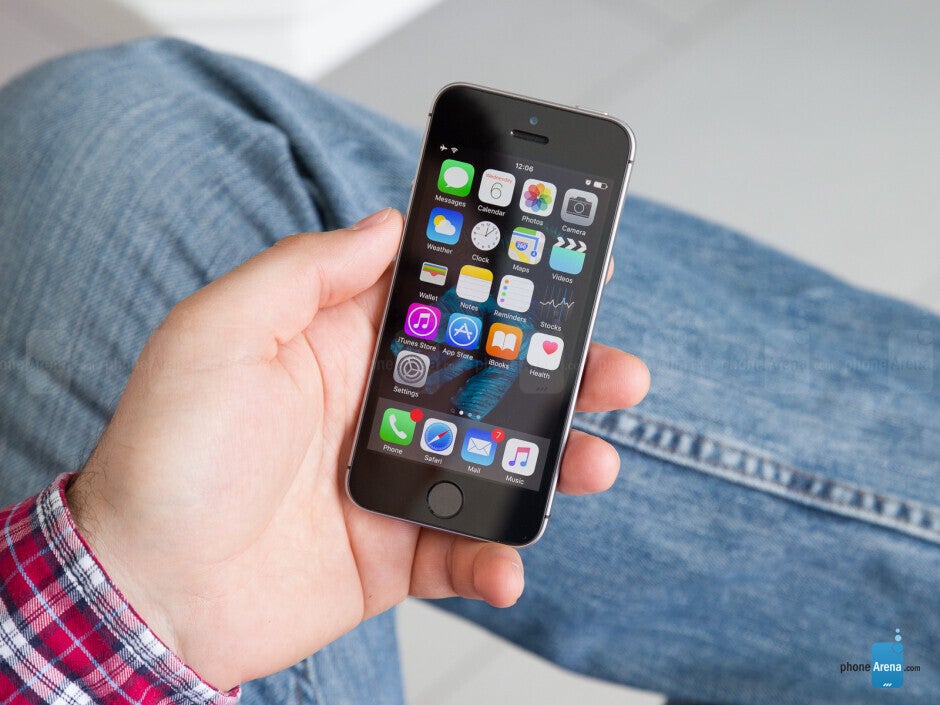Lower-priced 5G iPhone SE 3 and 5G iPad Air expected on or around March 8th

If you've been dreaming about purchasing the next "budget" iPhone SE 3 model for its rumored 5G connectivity, powerful 5nm chipset, and upgraded cameras and batteries, you might want to circle March 8th on your calendar (or enter the date on your calendar app). According to Bloomberg, Apple is considering that date (or one close to it) to introduce the iPhone SE 3.
Circle March 8th on your calendar. Here's why.
Once again, the pandemic will play a role in the event as it will be pre-recorded and shown online instead of being held live in front of an audience at the Steve Jobs theater. That information was leaked by sources who wish to remain anonymous because Apple's discussions about the event are private.

Original iPhone SE was released in April 2016
While you can circle March 8th on your calendar, you are advised to use a pencil rather than a pen. With more than a month remaining until the rumored date, things could take place forcing Apple to make a change in the timing of the iPhone SE 3's introduction.
It was March 31, 2016, when the OG iPhone SE was introduced. The phone was designed in response to iPhone users who preferred the smaller 4-inch displays on the iPhone 5 models but wanted a more modern chipset inside. At the time, the iPhone 6 and iPhone 6 Plus introduced displays of 4.7-inches, and 5.5-inches respectively.
The OG iPhone SE took most of its design from the iPhone 5 and 5s including the 4-inch LCD display with a 640 x 1136 resolution. Instead of sporting the A7 SoC that powered the iPhone 5s, the phone carried the A9 under the hood. While the iPhone 5s was equipped with 1GB of memory, the OG iPhone SE had 2GB of RAM.
Other improvements included the 12MP rear camera sensor on the iPhone SE (as opposed to 8MP on the iPhone 5s), and the 1570mAh battery on the iPhone 5s was slightly upgraded to 1624 on the OG iPhone SE. Originally the iPhone SE was released with storage options of 16GB and 64GB but 51 weeks after the first version shipped, Apple upgraded the storage choices to 32GB and 128GB.
Based on the iPhone 8, the iPhone SE 2 was released on April 24th, 2020 in Black, White, and Product Red. The device featured a larger 4.7-inch display making it one of the smallest mass production smartphone screens at the time. The iPhone SE 2 is powered by the 7nm A13 Bionic chipset compared to the 10nm A11 Bionic used on the iPhone 8.
New 5G iPad coming in March could feature a more affordable price tag
Apple also hiked the amount of memory on the SE2 to 3GB from the 2GB employed on the iPhone 8. The camera specs (12MP back, 7MP front) and the battery capacity (1821mAh) remained the same from the iPhone 8 to the iPhone SE 2.
Both versions of the iPhone SE were priced at $399 at launch although with 5G connectivity rumored, we could see a bump up in pricing for the rumored new model. If you're looking for an iPhone SE with Face ID and a notch, you might have to wait for the next version of the phone. We expect to see no changes in the design of the third-generation model which means it should sport the same 4.7-inch LCD display.
The new phone could come with the 5nm A15 Bionic chipset, the same silicon used to power the iPhone 13 series and a Qualcomm Snapdragon X60 5G modem. The device will feature Touch ID and is rumored to have an IP67 rating for dust and water protection. That will allow the handset to be submerged to a depth of 3.3 feet for as long as 30 minutes without permanently damaging the device.
The iPhone SE line provides users with much of the iPhone experience and 5G at a cheaper price without sacrificing processing power. During the same event, we could see Apple introduce a 5G iPad Air. This would be the first non iPad Pro model to feature a 5G modem and as such, it would be offered at a more affordable price compared to the 5G variant's of Apple's premium tablets.










Things that are NOT allowed: